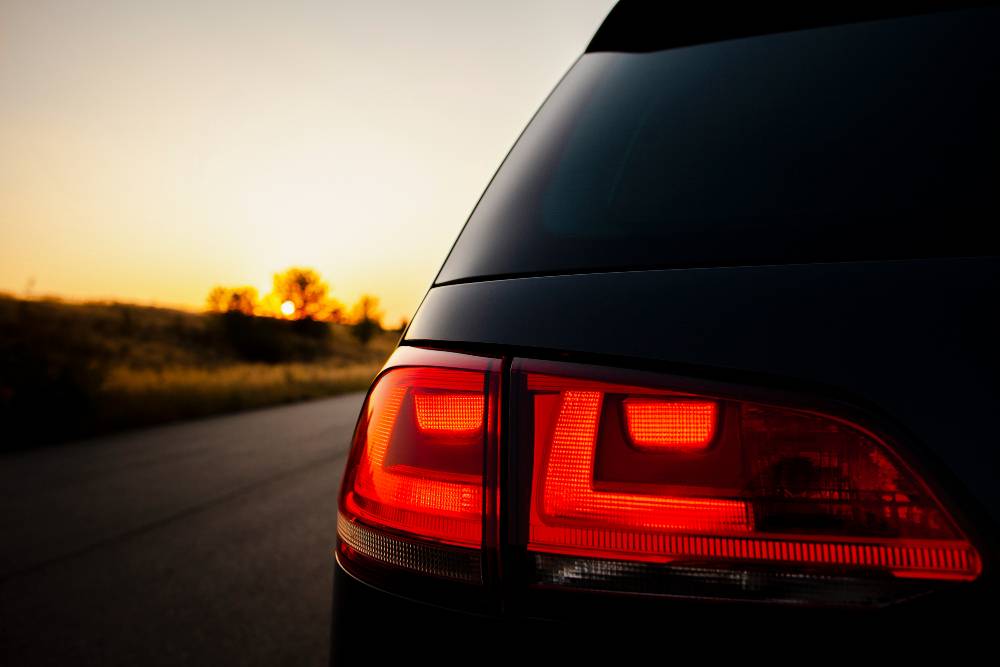India's first-ever hydrogen fuel cell powered bus by Tata Motors is here ...
https://www.financialexpress.com/auto/car-news/tata...countrys-first.../1096895/
Mar 15, 2018 - A hydrogen fuel cell engine only produces water and heat as a byproduct. ... Buses thatrun on hydrogen fuel cell tech are already in use in many countries. ... Hydrogen powered Tata Starbus fuel cell bus is a zero-emission vehicle best suited for ... The company has extensively tested CNG hybrid buses.India’s first-ever hydrogen fuel cell powered bus by Tata Motors is here! Made in India bus emits only water
Tata Motors and IndianOil Corporation will carry out testing on the new Tata Hydrogen Fuel Cell Bus for about two years before taking further decisions. A hydrogen fuel cell engine only produces water and heat as a byproduct.

Tata Motors in association with Indian Oil Corporation has flagged off the trials of India's first ever Hydrogen Fuel Cell powered Bus. Indian Oil R&D is celebrating its 47th foundation day, marked by the beginning of the hydrogen fuel cell bus' testing in real world. The said project has partial financial support from Department of Science & Industrial Research, Ministry for Science & Technology and the Ministry for New and Renewable Energy. Another landmark for the hydrogen fuel cell tech is the fact that the bus was fuelled at the country's first hydrogen dispensing facility at R&D Centre of IndianOil. The two companies, Tata Motors and IndianOil will be carrying out prolonged testing of the hydrogen fuel cell bus to understand the efficiency and durability of the new and clean mobility solution in the long run in a better way.

Such projects reflect positively on the Indian government's 'Make in India' initiative with Tata Motors being on the forefront of introducing clean vehicles for mass transportation. While we've seen luxury buses from Volvo and Mercedes-Benz, Tata Motors' new buses also offer a promise for a clean environment. Buses that run on hydrogen fuel cell tech are already in use in many countries. Over 100 fuel cell buses are a part of London's transport system.
Hydrogen fuel cell technology is about three times more efficient than a traditional combustion engine. A fuel cell operates quite like a battery but without having to charge. The fuel cell generates electricity and water as long as the fuel - hydrogen and oxygen, are supplied to it.

Tata Motors first unveiled the hydrogen fuel cell bus at its Pune facility in January this year. The company launched the Starbus Electric 9m, Starbus Electric 12m and the Starbus Hybrid 12m range of buses which are designed, developed, powered by alternative fuels and made in India. Tata Starbus Fuel Cell bus produces only water and heat as a byproduct, thus, producing zero emissions.
Hydrogen powered Tata Starbus fuel cell bus is a zero-emission vehicle best suited for inter-city transportation for the masses and been developed in a partnership of ISRO (Indian Space Research Organisation).

Also read: Modern and future buses of India that’ll change the way you travel and it’s not just electric buses
The homegrown brand Tata Motors has a number of buses that run on alternative fuel. The company has extensively tested CNG hybrid buses. Tata also signed a contract for the largest ever single order for hybrid electric vehicle technology with the Mumbai Metropolitan Region Development Authority (MMRDA) last year.
Get live Stock Prices from BSE and NSE and latest NAV, portfolio of Mutual Funds, calculate your tax by Income Tax Calculator, know market’s Top Gainers, Top Losers& Best Equity Funds. Like us on Facebook and follow us on Twitter.
and steam bus

